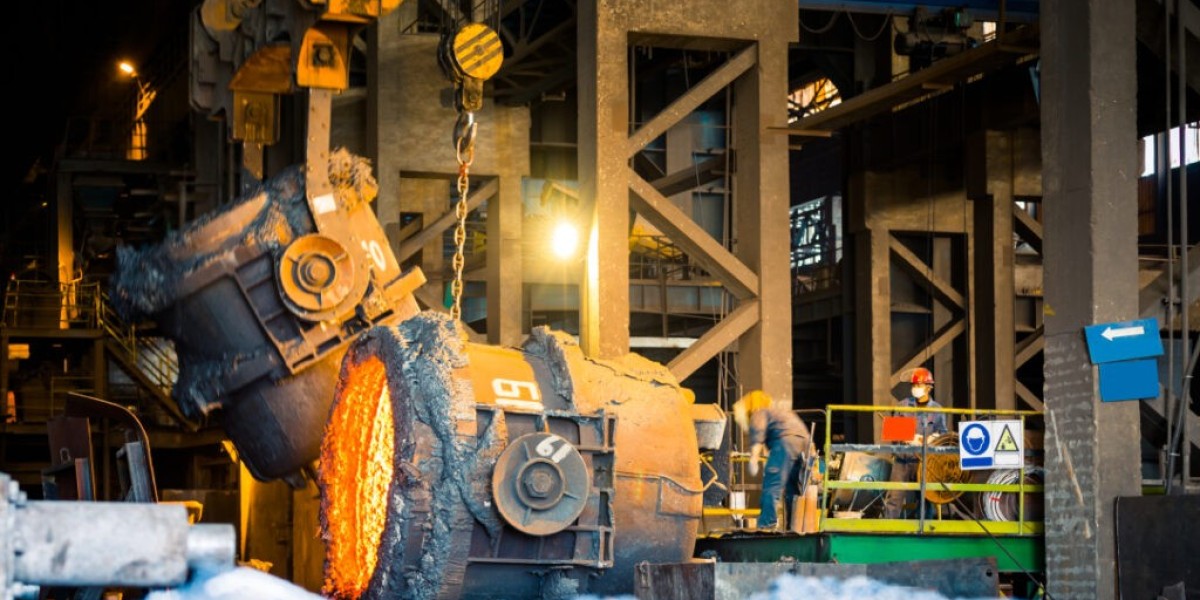Cement and Concrete Market Size Was Valued at USD 439.6 Billion in 2023, and is Projected to Reach USD 768.3 Billion by 2032, Growing at a CAGR of 6.40% From 2024-2032.
The global cement and concrete market is experiencing robust growth, propelled by infrastructure development, urbanization, and sustainability initiatives. India, as one of the largest producers and consumers of cement, plays a pivotal role in this expansion.
Market Overview
In 2024, India's cement market was estimated at 413.95 million tons and is projected to reach 602.68 million tons by 2030, growing at a CAGR of 6.46%. This growth is driven by government-led infrastructure projects, urban housing demand, and increased commercial construction. The top five companies account for approximately 59.1% of the market share, indicating a moderately consolidated industry.
Key Growth Drivers
Infrastructure Development:
Government initiatives such as the National Infrastructure Pipeline (NIP) and PM Gati Shakti are significant contributors to cement demand. The NIP aims for investments of about USD 1.3 trillion between 2020 and 2025, encompassing over 15,000 projects. These projects focus on enhancing transportation and logistics, thereby increasing cement consumption.
Urbanization and Housing:
Rapid urbanization is leading to increased demand for residential and commercial spaces. Government schemes like the Pradhan Mantri Awas Yojana (PMAY) aim to provide affordable housing, further boosting cement demand.
Sustainability Initiatives:
Environmental concerns are pushing the industry towards sustainable practices. Companies are adopting green technologies, such as carbon capture and low-emission processes, and producing blended cements using supplementary materials like fly ash and slag.
Regional Insights
South India:
This region holds around 27% of India's cement market share, with an installed production capacity of approximately 188 million tons in FY23. The presence of numerous cement companies offers opportunities for expansion and mergers and acquisitions.
Eastern and Central Regions:
These regions are expected to lead capacity expansion, with an estimated addition of 63-70 million metric tons during FY2024-FY2025.
Industry Challenges
Input Costs:
Rising input costs, including raw materials and energy, are impacting profitability. For instance, some major producers reported a notable decline in quarterly profits due to increased expenses, despite steady volume growth.
Environmental Regulations:
Stricter environmental regulations necessitate investment in sustainable technologies, which can be capital-intensive. Companies are responding by adopting alternative fuels and waste materials in production to meet these regulatory demands.
Major Players and Developments
UltraTech Cement:
As India's largest cement producer, UltraTech is expanding its market presence through strategic acquisitions. In 2024, it announced plans to acquire a 23% stake in India Cements, intensifying competition in the sector.
Dalmia Bharat:
The company aims to increase its cement grinding capacity to 49.5 million tons per annum by FY2025, up from 44.6 million tons, driven by sustained demand from infrastructure and housing sectors.
Ambuja Cements:
In October 2024, Ambuja Cement acquired Orient Cement, enhancing its market position and expanding its manufacturing footprint across the country.
Get Free Sample Copy of Report: https://infinitymarketresearch.com/request-sample/1516
Key Players
Infrastructure Development and Urbanization
Future Outlook
The Indian cement and concrete market is poised for continued growth, supported by infrastructure development, urbanization, and sustainability initiatives. While challenges like rising input costs and environmental regulations persist, the industry's proactive approach towards innovation and capacity expansion positions it well for future growth. Over the next decade, technological advancements and sustainable production practices are expected to reshape the sector, making it more resilient and competitive on the global stage.
Conclusion
The cement and concrete market stands at a crucial juncture, where traditional growth drivers like infrastructure and urbanization are now increasingly influenced by sustainability goals and technological innovations. Companies that successfully adapt to these evolving dynamics—by embracing green manufacturing processes, investing in R&D, and expanding their operational capacities—are likely to emerge as industry leaders. While cost pressures and regulatory hurdles will continue to pose challenges, the long-term outlook remains positive, with significant opportunities ahead, particularly in emerging economies like India. As the world moves towards greener construction and smarter infrastructure, the cement and concrete industry will play a foundational role in shaping the future.









